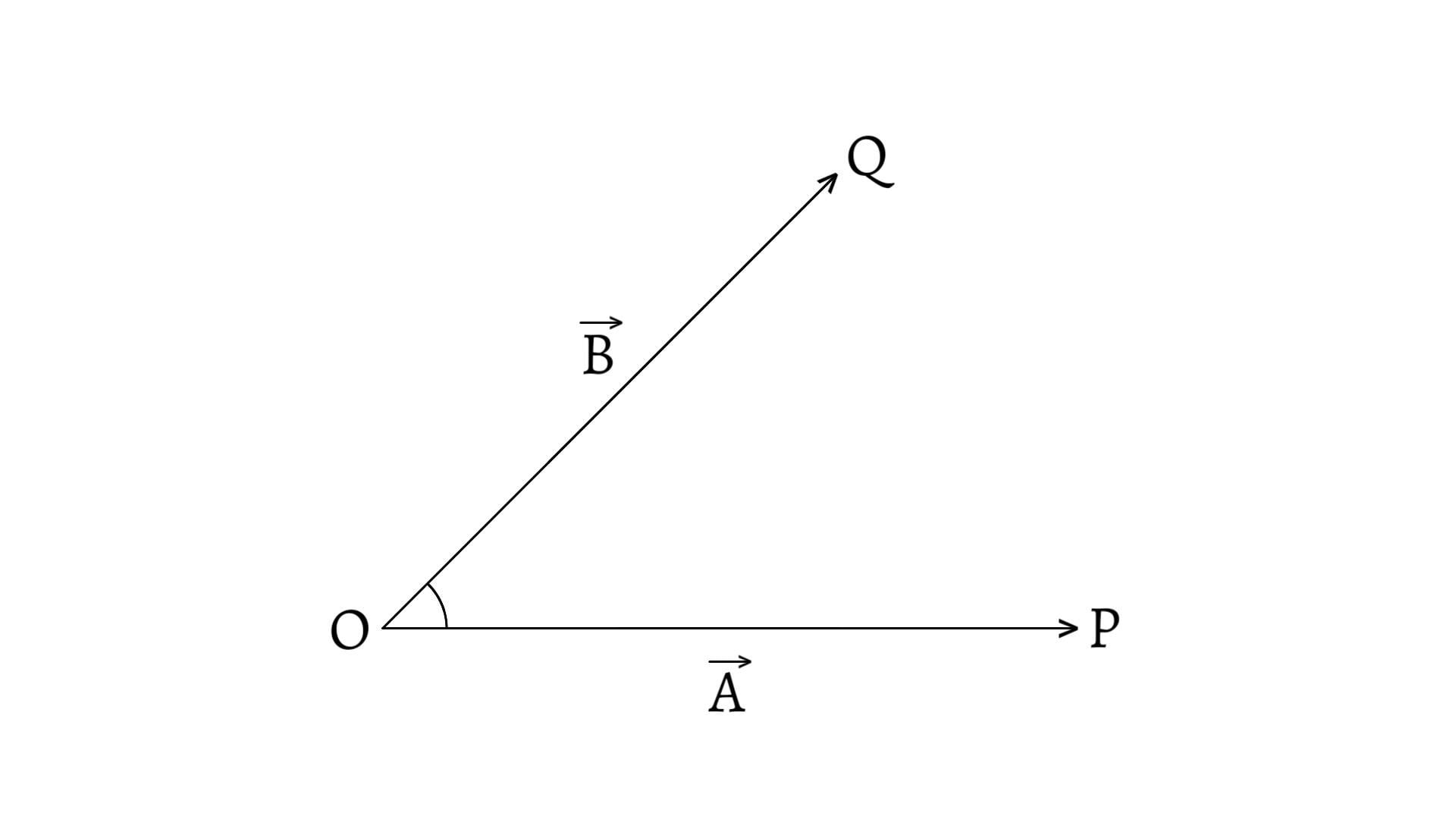A vector $\:\overrightarrow{r}\:$ is said to be a linear combination of vectors $\:\overrightarrow{a}$, $\:\overrightarrow{b}$, $\:\overrightarrow{c}$, …, $\:\overrightarrow{v}$, if $\:\overrightarrow{r}\:$ can be expressed as \[\overrightarrow{r}=x\:\overrightarrow{a}+y\:\overrightarrow{b}+z\:\overrightarrow{c}+…+ t\:\overrightarrow{v}\] where $x$, $y$, $z$, …, $t$ are scalars.
So, if $\overrightarrow{r}=a\:\overrightarrow{i}+b\:\overrightarrow{j}+c\:\overrightarrow{k}$, then $\:\overrightarrow{r}\:$ is said to be a linear combination of $\:\overrightarrow{i}$, $\:\overrightarrow{j}$ and $\:\overrightarrow{k}$.
Linearly Dependent and Independent Vectors
Linearly Dependent Vectors
If there exists a relation of the form \[x\:\overrightarrow{a}+y\:\overrightarrow{b}+z\:\overrightarrow{c} +…+ t\:\overrightarrow{v}=0\] where, $x$, $y$, $z$, …, $t$ are scalars such that at least one of them is not zero, then the system of vectors $\:\overrightarrow{a}$, $\:\overrightarrow{b}$, $\:\overrightarrow{c}$, …, $\:\overrightarrow{v}$ is said to be linearly dependent.
For example:
If $\overrightarrow{r}=x\:\overrightarrow{a}+y\:\overrightarrow{b}+z\:\overrightarrow{c}$, then, \[x\:\overrightarrow{a}+y\:\overrightarrow{b}+z\:\overrightarrow{c}+(-1)\:\overrightarrow{r}=0\]
So, a set of vectors $\:\overrightarrow{a}$, $\:\overrightarrow{b}$, $\:\overrightarrow{c}$ and $\:\overrightarrow{r}$ is linearly dependent.
The two vectors $\overrightarrow{a}=(a_1,a_2)$ and $\overrightarrow{b}=(b_1,b_2)$ will be linearly dependent if \[\left|\begin{array}{c}a_1&a_2\\b_1&b_2\end{array}\right|=0\]
Similarly, the three vectors $\overrightarrow{a}=(a_1,a_2,a_3)$, $\overrightarrow{b}=(b_1,b_2,b_3)$ and $\overrightarrow{c}=(c_1,c_2,c_3)$ will be linearly dependent if \[\left|\begin{array}{c}a_1&a_2&a_3\\b_1&b_2&b_3\\c_1&c_2&c_3\end{array}\right|=0\]
Hence, if the determinant is zero, then the set of vectors is linearly dependent.
Linearly Independent Vectors
A set of vectors $\:\overrightarrow{a}$, $\:\overrightarrow{b}$, $\:\overrightarrow{c}$, …, $\:\overrightarrow{v}$ is said to be linearly independent if in the relation \[x\:\overrightarrow{a}+ y\:\overrightarrow{b}+z\:\overrightarrow{c} +…+ t\:\overrightarrow{v}=0\] all the scalars $x$, $y$, $z$, …, $t$ are zero.
For example:
A pair of non zero and non collinear vectors $\overrightarrow{a}$ and $\overrightarrow{b}$ in a relation $x\:\overrightarrow{a}+y\:\overrightarrow{b}=0$ are linearly independent.
The two vectors $\overrightarrow{a}=(a_1,a_2)$ and $\overrightarrow{b}=(b_1,b_2)$ will be linearly independent if \[\left|\begin{array}{c}a_1&a_2\\b_1&b_2\end{array}\right|≠0\]
Similarly, the three vectors $\overrightarrow{a}=(a_1,a_2,a_3)$, $\overrightarrow{b}=(b_1,b_2,b_3)$ and $\overrightarrow{c}=(c_1,c_2,c_3)$ will be linearly independent if \[\left|\begin{array}{c}a_1&a_2&a_3\\b_1&b_2&b_3\\c_1&c_2&c_3\end{array}\right|≠0\]
Hence, if the determinant is not zero, then the set of vectors is linearly independent.
Previous: Direction Cosines of a Line





